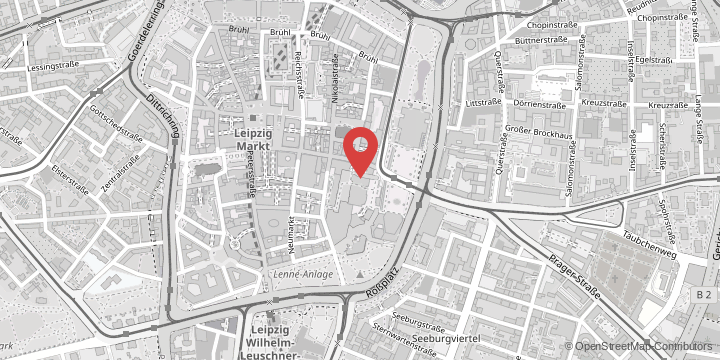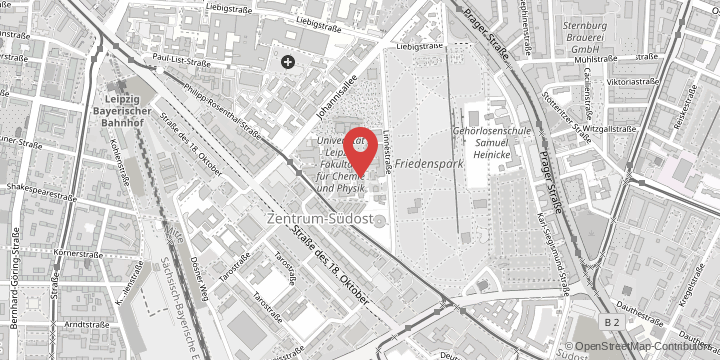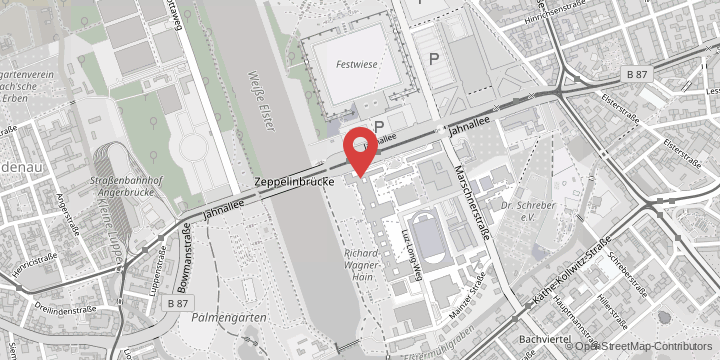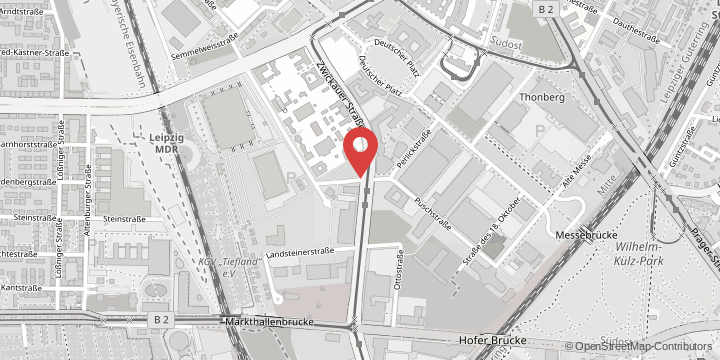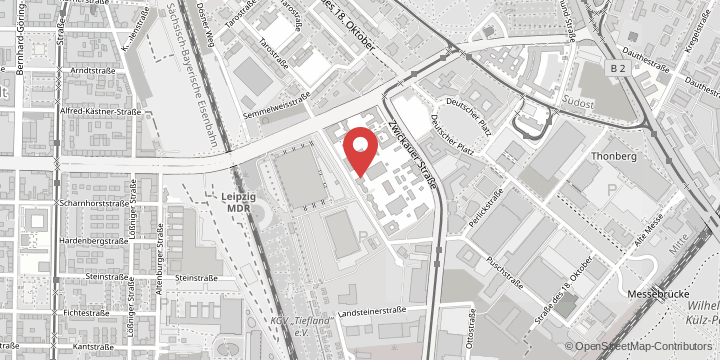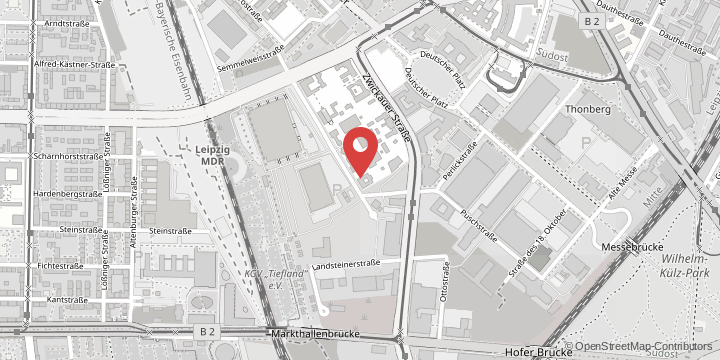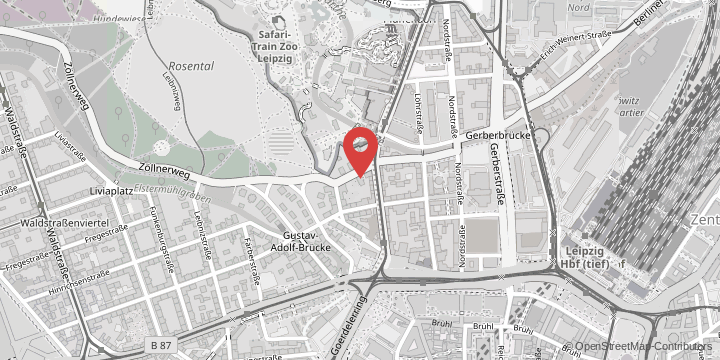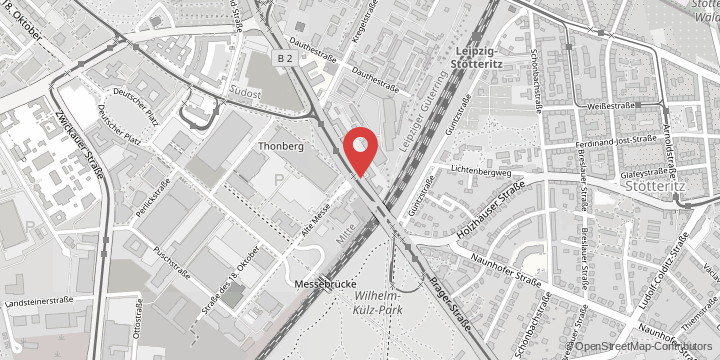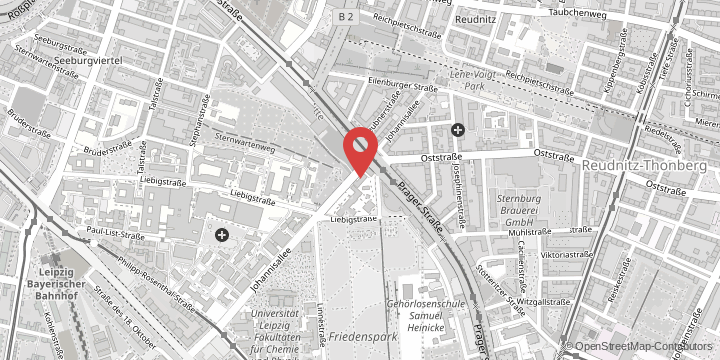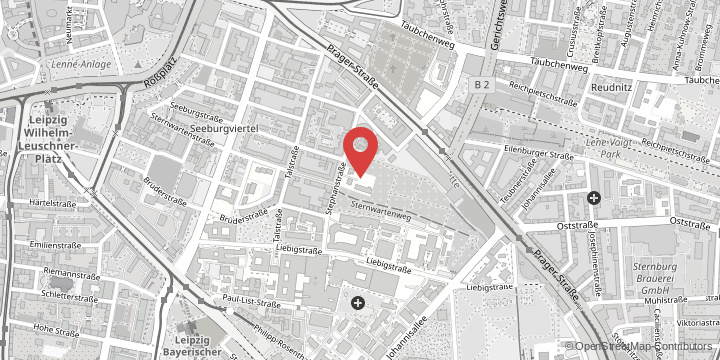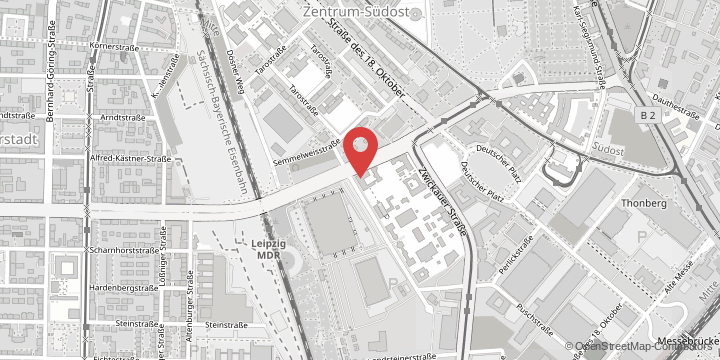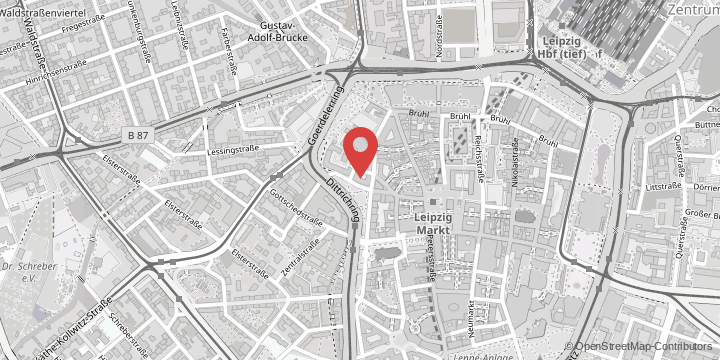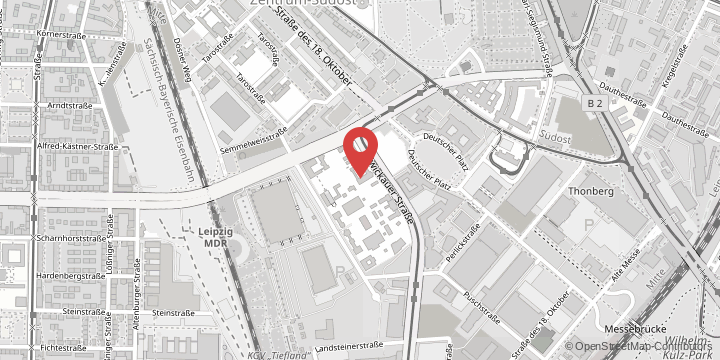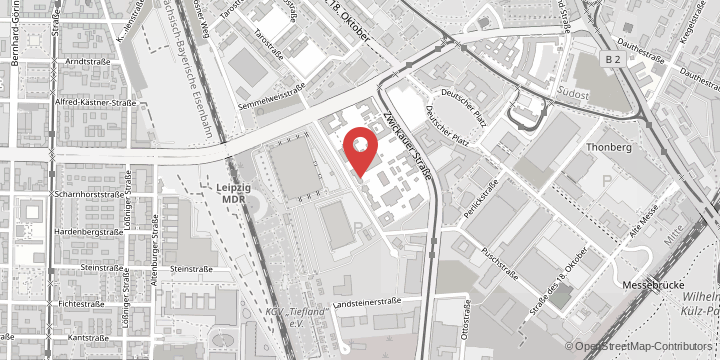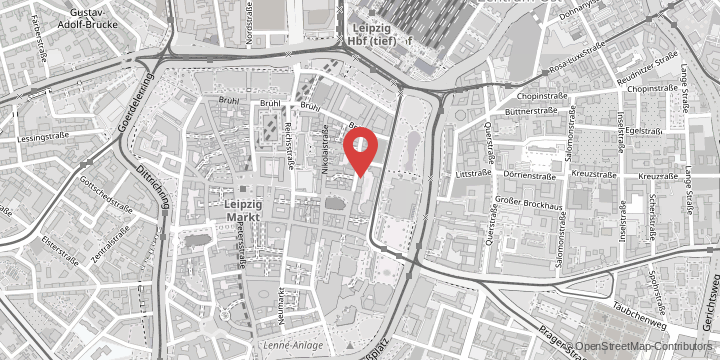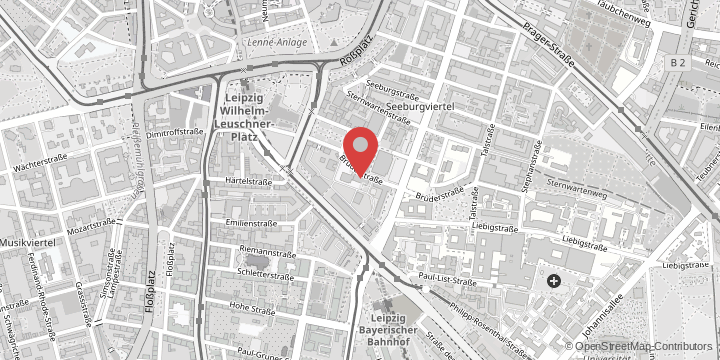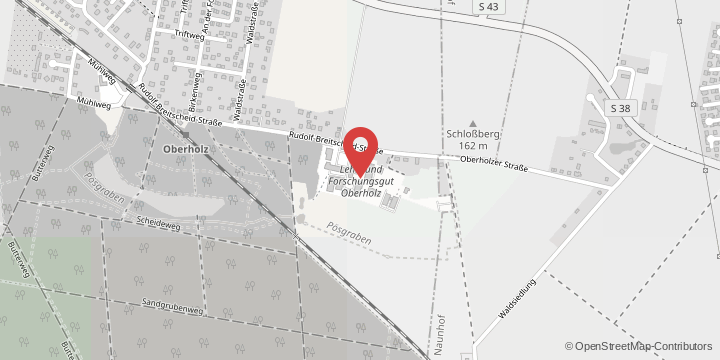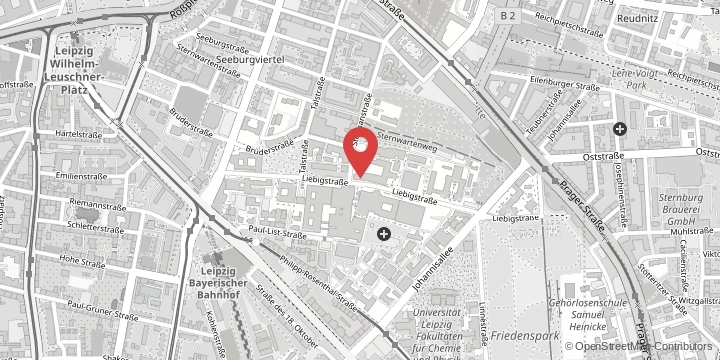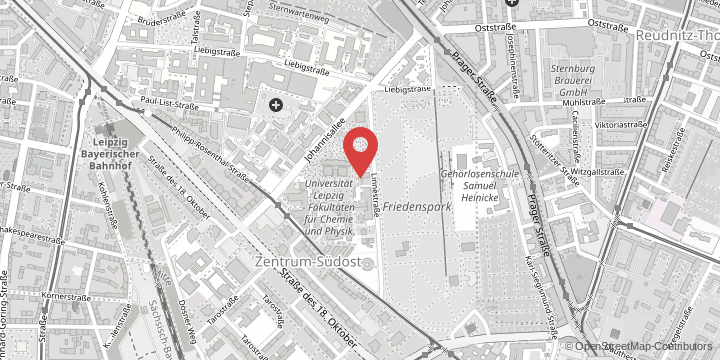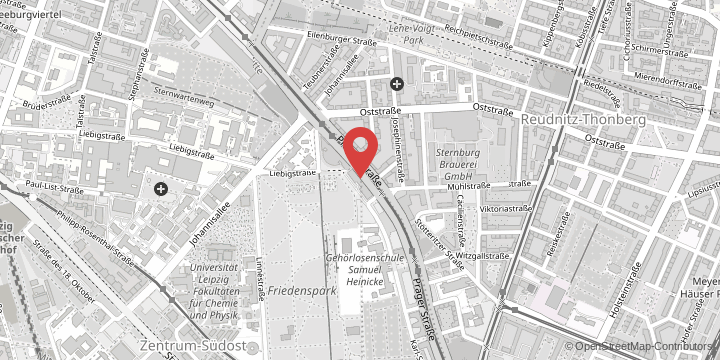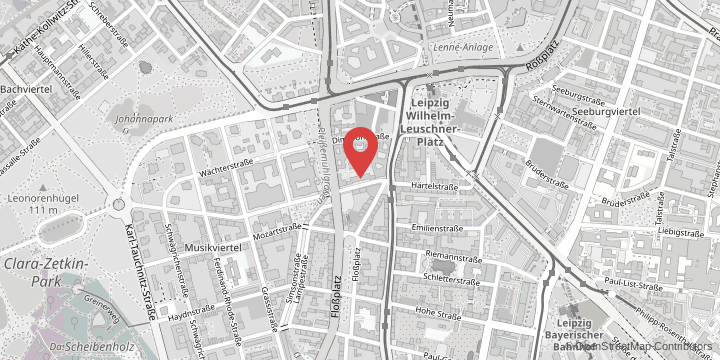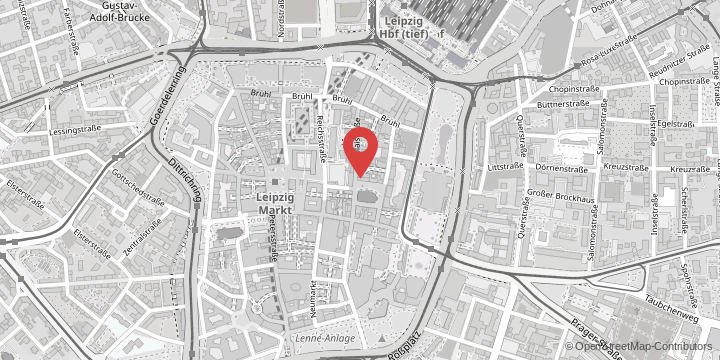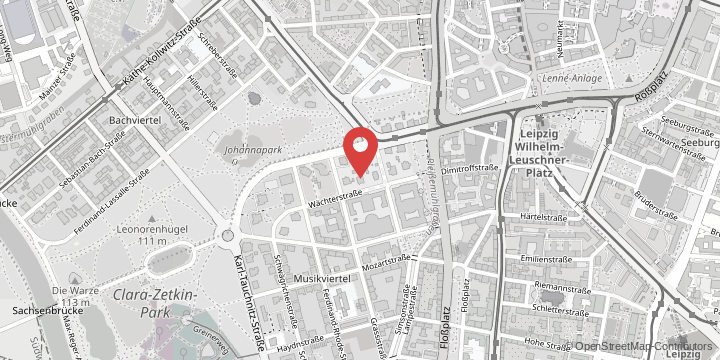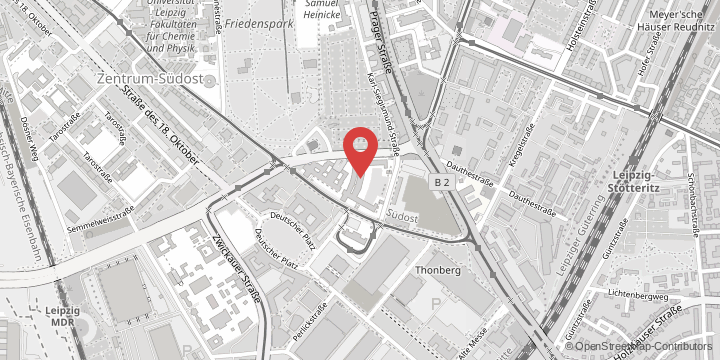Profile
Professional career
- since 08/2024
- since 02/2012
Research Assistant at the Chair for New Testament Studies (Prof. Marco Frenschkowski), Faculty of Protestant Theology, University of Leipzig - 04/2016 - 12/2020
Secondary Employment at annodare - agency for marketing and visual communication, Leipzig, Germany (currently on parental leave) - 07/2015 - 04/2016
Translation (French-German): Goulet-Cazé, Marie-Odile, Kynismus und Christentum in der Antike, transl. Lena R. Seehausen, ed. by Marco Frenschkowski, Göttingen: Vandenhoeck & Ruprecht, 2016. - 08/2010 - 02/2012
Teacher for English and Religious Education at Kaiserin-Auguste-Viktoria-Gymnasium, Celle, Germany - 01/2010 - 07/2010
Teacher for "German as a second language" for students with a migrant background at the Helmholtzschule (Secondary School) in Leipzig, Germany - 07/2008 - 12/2009
Student assistant at the Chair for Religious Education (Prof. Helmut Hanisch), Faculty of Protestant Theology, University of Leipzig - 08/2006 - 06/2007
Teacher for German (as a foreign language) and English as a Language Assitant at St. Louis Grammar School, Ballymena, Northern Ireland
Education
- 08/2010 - 02/2012
Student teacher at Kaiserin-Auguste-Viktoria-Gymnasium, Celle, Germany - 10/2007 - 07/2010
University of Leipzig, Germany:B.A. in History and Theology of Christianity - 04/2004 - 07/2010
University of Leipzig, Germany: Teacher Training Programme for Secondary Education/High School (English and Religious Education) - 10/2003 - 03/2004
University of Münster, Germany:Teacher Training Programme for Secondary Education/High School (English and Religious Education),Study of Theology - 08/1994 - 06/2003
Abitur (High-School-Diploma) at Johann-Conrad-Schlaun Gymnasium, Münster
- show detailsDying and Death in Apocryphal Texts of the Irish ChurchSeehausen, LenaDuration: 03/2015 – ongoingInvolved organisational units of Leipzig University: Neues Testament und Religionsgeschichte
- show detailsSeehausen, L.; Enke, P.; Herzer, J. (Eds.)Religion als ImaginationLeipzig: Evangelische Verlagsanstalt. 2020.ISBN: 978-3-374-06590-5
- show detailsSeehausen, L.The Two Deaths. Überlegungen zur Imagination des Todes in einem irischen Apokryphon.In: Seehausen, L.; Enke, P.; Herzer, J. (Eds.)Religion als Imagination. Leipzig: Evangelische Verlagsanstalt. 2020. pp. 189–200.ISBN: 978-3-374-06590-5
- show detailsSeehausen, L.; Frenschkowski, M. (Eds.)Im Gespräch mit C. F. Georg Heinrici. Beiträge zwischen Theologie und ReligionswissenschaftTübingen: Mohr Siebeck. 2021.ISBN: 978-3-16-159900-2
- show detailsStudientag für Pfarrerinnen und Pfarrer der Ev.-Luth. Landeskirche SachsensJesusforschungNeues Testament und ReligionsgeschichteEvent Organiser: Seehausen, Lena; Frenschkowski, Marco; Quenstedt, Jan; Oesterreich, Nicole; Herzer, Jens; Enke, Paulus21/01/2019
- show detailsKonferenzTheologie und Religionswissenschaft – eine Standortbestimmung hundert Jahre nach Georg HeinriciInstitut für Neutestamentliche Wissenschaft; Neues Testament und ReligionsgeschichteEvent Organiser: Frenschkowski, Marco; Seehausen, Lena28/09/2015 – 30/09/2015
-
Introduction to New Testament Exegesis (students of teaching)
Das Seminar führt in das exegetische Erarbeiten von neutestamentlichen Texten ein. Anhand ausgewählter Beispieltexte werden die einzelnen Methodenschritte vorgestellt und eingeübt.
-
Bible Studies, New Testament
Die Übung widmet sich der Erschließung der neutestamentlichen Schriften, wobei deren Aufbau und Inhalt im Vordergrund stehen werden. Darüber hinaus sollen erste historische und theologische Fragen diskutiert werden.
-
Dying and Death in New Testament and Apocryphal Texts
In this course, we will read and discuss texts of the New Testament and apocryphal texts with a special focus on the fascinating subjects of dying and death. What thoughts and ideas regarding to these topics are found in Early Christianity? In which way are situations of death described? What happens to the body, what happens to the soul? What about the afterlife? But we will not only focus on the content of the texts but also on the English language itself.
-
"Why on earth did anyone become a Christian in the first three centuries?"
In this course, we will read and discuss Larry W. Hurtado’s book "Why on earth did anyone become a Christian in the first three centuries?". Reading the book, we try to find reasons individuals might have had to become a Christian even though this choice also meant to hazard possible negative consequences. But while reading the book, we will not only focus on its content but also on the English language itself. In this course, English is our language of instruction.
-
The Writings of St. Paul – English Language Course
In this course, we will read and discuss parts of “The Writings of St. Paul”, an anthology edited by W. Meeks and J. -Fitzgerald. We will read a selection of Paul’s letters in an English translation, we will focus on depictions of Paul from the early church, as well as on Pauline Christianity and on modern approaches to Paul and his letters. But we will not only concentrate on the book’s content but also on the English language itself.
-
Jewish and Christian Women in the Ancient Mediterranean – English Language Course
By reading and discussing “Jewish and Christian Women in the An-cient Mediterranean” we will work with a textbook that is “dedicated to introducing women’s religious roles in Judaism and Christianity”. We will cover basic topics such as Religious systems of antiquity or Religion in daily life but also more specific such as (Wo)manly ways of dying, all with a special focus on women and their own distinctive role. I warmly welcome everyone interested, the diverse, the better.
-
The Marys – a submissive virgin and a sinful whore or two female leading figures? – English Language Course
Who was Mary, the mother of Jesus? What do we know about her? And what about Mary Magdalene? Was she the one whom Jesus loved or was she “the” important leading figure at the beginning of the Jesus movement?
We will read the New Testament and Apocryphal texts that tell us something about them, we will look at their reception in the first centuries but also in modern times by discussing how these two women have been portrayed in art, literature, music and film.
-
Writing Course






